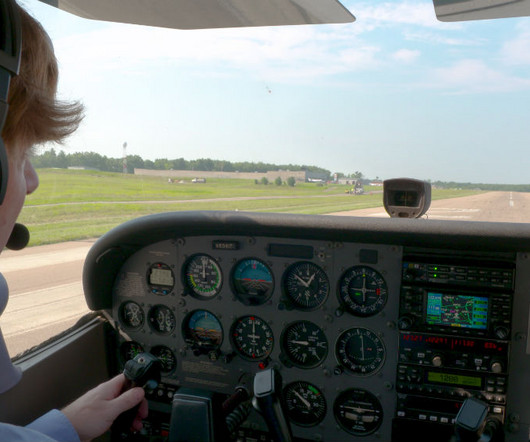Flight Sims for the Win: It’s All About Repetition and Drill
Flying Magazine
MAY 15, 2024
If utilizing Runway 17 with left traffic, the crosswind turn will be heading 080, downwind 350, base 260, etc. VFR to MVFR…then 2 miles visibility and a ceiling of 1,200 feet agl. Usually that limitation is lifted as the learner gains more experience as a pilot. It’s just a few minutes, right? What could go wrong?














Let's personalize your content